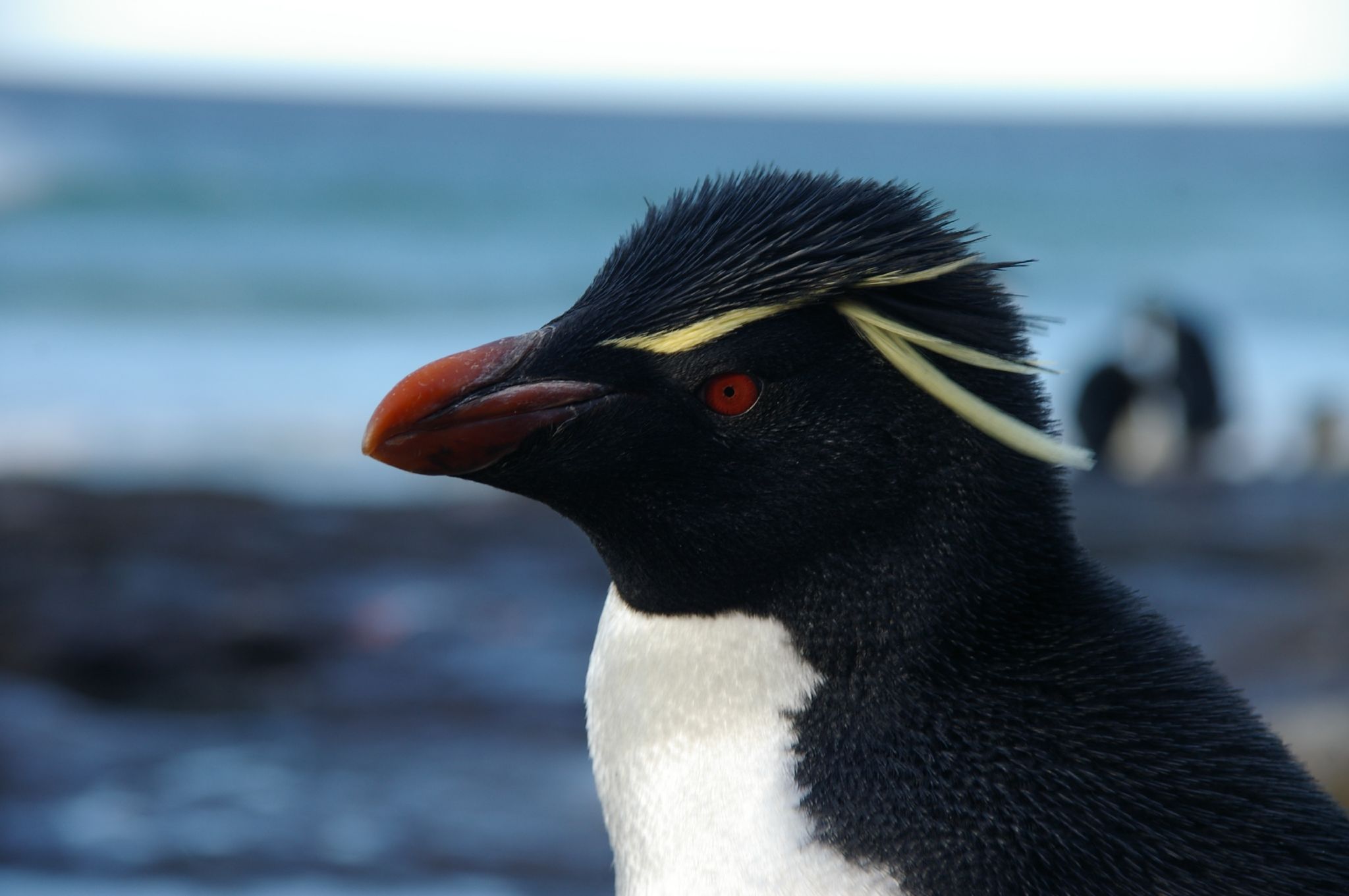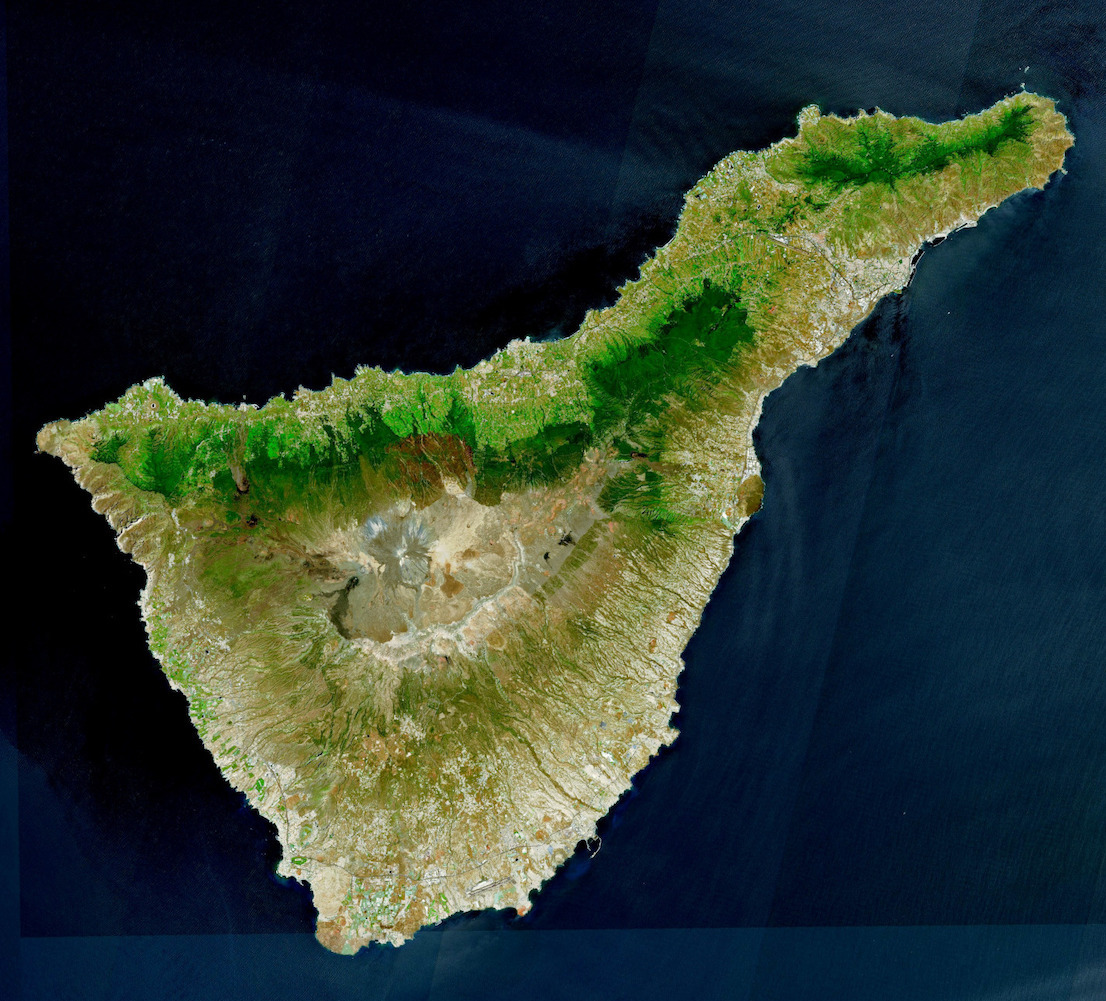|
Penguinarium
A penguinarium is a vivarium for penguins intended to simulate aspects of their natural environment. Penguinariums date back at least to 1968, when the Detroit Zoo opened the first in North America and possibly the world. The Detroit penguinarium was expanded in 2015 with a US$21 million overhaul funded in part by a US$10 million donation, the largest in the zoo's history, from a single donor. In April 2016, the Polk Penguin Conservation Center opened at the Detroit Zoo becoming the world's largest penguinarium. However, the exhibit temporarily closed in 2019 for waterproofing repairs as the penguins were moved back into the 1968 exhibit. The conservation center reopened on February 14, 2022. As of 2005, the world's second largest penguinarium was located on the Spanish island of Tenerife, where twelve tons of artificial snow were generated daily for the penguins at Loro Parque Loro Parque ( Spanish for "parrot park") or 'Loro Park' is a 135,000 m2 (13.5 ha) zoo on the outski ... [...More Info...] [...Related Items...] OR: [Wikipedia] [Google] [Baidu] [Amazon] |
Vivarium
A vivarium (; or vivariums) is an area, usually enclosed, for keeping and raising animals or plants for observation or research. Water-based vivaria may have open tops providing they are not connected to other water bodies. An animal enclosure is considered a vivarium only if it provides quality of life through naturalistic components such as ample living space and natural decor that allow and encourage natural behaviours. Often, a portion of the ecosystem for a particular species is simulated on a smaller scale, with controls for environmental conditions such as temperature, humidity and light. A vivarium may be small enough to sit on a desk or table, such as a terrarium or an aquarium, or may be a very large structure, possibly outdoors. Large vivaria, particularly those holding organisms capable of flight, typically include some sort of a dual-door mechanism such as a sally port for entry and exit, so that the outer door can be closed to prevent escape before the inner do ... [...More Info...] [...Related Items...] OR: [Wikipedia] [Google] [Baidu] [Amazon] |
Penguin
Penguins are a group of aquatic flightless birds from the family Spheniscidae () of the order Sphenisciformes (). They live almost exclusively in the Southern Hemisphere. Only one species, the Galápagos penguin, is equatorial, with a small portion of its population extending slightly north of the equator (within a quarter degree of latitude). Highly adapted for life in the ocean water, penguins have countershaded dark and white plumage and flippers for swimming. Most penguins feed on krill, fish, squid and other forms of sea life which they catch with their bills and swallow whole while swimming. A penguin has a spiny tongue and powerful jaws to grip slippery prey. They spend about half of their lives on land and the other half in the sea. The largest living species is the emperor penguin (''Aptenodytes forsteri''): on average, adults are about tall and weigh . The smallest penguin species is the little blue penguin (''Eudyptula minor''), also known as the fairy pen ... [...More Info...] [...Related Items...] OR: [Wikipedia] [Google] [Baidu] [Amazon] |
Detroit Zoo
The Detroit Zoo is a zoo located in the cities of Huntington Woods and Royal Oak in the U.S. state of Michigan. Spanning , it houses more than 2,000 animals and more than 200 different species. The zoo was the first U.S. zoo to feature bar-less habitats, and is regarded to be an international leader in animal welfare, conservation and sustainability by the Detroit Zoological Society. History The original Detroit Zoo opened in 1883, on Michigan and Trumbull Avenues, across from Tiger Stadium. William Cameron Coup's circus had arrived in town, only to be forfeited and put up for auction due to financial difficulties. Luther Beecher, a local businessman, financed the purchase of the circus’s animals and erected a building for their display which he called the Detroit Zoological Garden. This iteration of the Zoo closed the following year, with the building converted into a horse auction site (the Michigan Avenue Horse Exchange).Austin, William (1974). The First Fifty Years. ... [...More Info...] [...Related Items...] OR: [Wikipedia] [Google] [Baidu] [Amazon] |
Tenerife
Tenerife ( ; ; formerly spelled ''Teneriffe'') is the largest and most populous island of the Canary Islands, an Autonomous communities of Spain, autonomous community of Spain. With a land area of and a population of 965,575 inhabitants as of April 2025, it is the most populous island in Spain and the entire Macaronesia region. Tenerife is also home to 42.7% of the total population of the archipelago. More than seven million tourists (7,384,707 in 2024) visit Tenerife each year, making it by far the most visited island in the archipelago. It is one of the most important tourist destinations in Spain and the world, hosting one of the world's largest carnivals, the Carnival of Santa Cruz de Tenerife. The capital of the island, , is also the seat of the island council (). That city and are the co-capitals of the Autonomous communities of Spain, autonomous community of the Canary Islands. The two cities are both home to governmental institutions, such as the offices of the preside ... [...More Info...] [...Related Items...] OR: [Wikipedia] [Google] [Baidu] [Amazon] |
Loro Parque
Loro Parque ( Spanish for "parrot park") or 'Loro Park' is a 135,000 m2 (13.5 ha) zoo on the outskirts of Puerto de la Cruz on Tenerife, Spain where it houses an extensive and diverse reserve of animal and plant species. The park was conceived as a paradise for parrots and has developed over the years into one of the biggest attractions of the Canary Islands, with over 40 million visitors. History Since 1972 when the park was founded by Wolfgang Kiessling and opened on 13,000 m2 (1.3 ha) with 150 parrots, it has grown to 135,000 m2 (13.5 ha) and is home to some 4000 parrots representing 350 species and sub-species, as well as many other animals. This parrot collection is the largest in the world and makes the park one of the main references in the study and conservation of these animals worldwide. Other records the park has set include largest dolphin show pool in the European Union, the world's largest indoor penguin exhibition and the longest shark tunnel in the European Uni ... [...More Info...] [...Related Items...] OR: [Wikipedia] [Google] [Baidu] [Amazon] |
Bird Parks
Birds are a group of warm-blooded vertebrates constituting the class Aves (), characterised by feathers, toothless beaked jaws, the laying of hard-shelled eggs, a high metabolic rate, a four-chambered heart, and a strong yet lightweight skeleton. Birds live worldwide and range in size from the bee hummingbird to the common ostrich. There are over 11,000 living species and they are split into 44 orders. More than half are passerine or "perching" birds. Birds have wings whose development varies according to species; the only known groups without wings are the extinct moa and elephant birds. Wings, which are modified forelimbs, gave birds the ability to fly, although further evolution has led to the loss of flight in some birds, including ratites, penguins, and diverse endemic island species. The digestive and respiratory systems of birds are also uniquely adapted for flight. Some bird species of aquatic environments, particularly seabirds and some waterbirds, have furthe ... [...More Info...] [...Related Items...] OR: [Wikipedia] [Google] [Baidu] [Amazon] |
Aquariums
An aquarium (: aquariums or aquaria) is a vivarium of any size having at least one transparent side in which aquatic plants or animals are kept and displayed. fishkeeping, Fishkeepers use aquaria to keep fish, invertebrates, amphibians, aquatic reptiles, such as turtles, and aquatic plants. The term ''aquarium'', coined by English naturalist Philip Henry Gosse, combines the Latin root , meaning 'water', with the suffix , meaning 'a place for relating to'. The aquarium principle was fully developed in 1850 by the chemist Robert Warington, who explained that plants added to water in a container would give off enough oxygen to support animals, so long as the numbers of animals did not grow too large. The aquarium craze was launched in early Victorian era, Victorian England by Gosse, who created and stocked the first public aquarium at the London Zoo in 1853, and published the first manual, ''The Aquarium: An Unveiling of the Wonders of the Deep Sea'' in 1854. Small aquariums are k ... [...More Info...] [...Related Items...] OR: [Wikipedia] [Google] [Baidu] [Amazon] |






